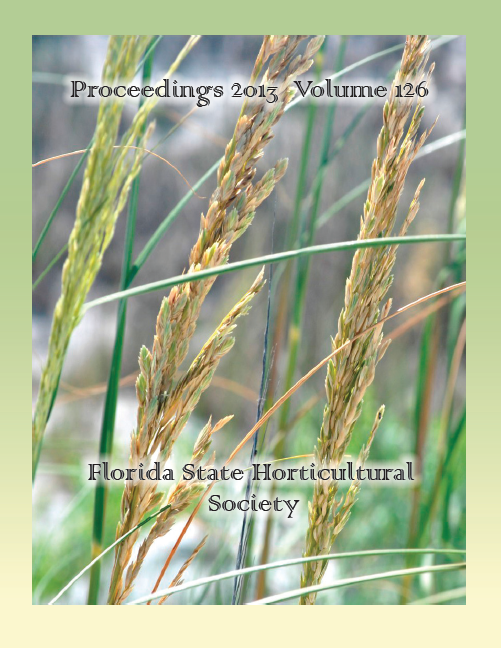Published 2013-12-01
Keywords
- rejection rate,
- latex burn,
- mechanical injury,
- price,
- stakeholder
- net income,
- animal transport,
- field crates ...More
Abstract
Mangos (Mangifera indica L.) constitute the second largest export crop for Haiti, but little more than 20% of all mangos harvested are shipped by exporters. Rejection rates along the distribution chain are very high because of inadequate harvesting and transport practices. A first step in addressing this situation was to understand fully how the current mango industry in Haiti is organized and operated. The purpose of this paper is to present a characterization of the current mango industry in Haiti. Statistics on numbers and types of trees, varieties, annual production, exports, international trade and price trends are given. Also given is a description of how the industry is organized along the distribution channels for both export and domestic markets. Harvest seasons and current harvesting practices are described, as well as methods of animal transport from fields to collection centers, and truck transport from collection centers to packinghouses. Stakeholders at every link along the chain are identified, as well as the role they play and how they relate to each other. Moreover, prices paid per mango to growers and suppliers along the distribution chain are given.

